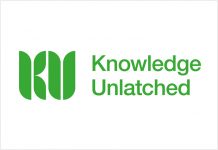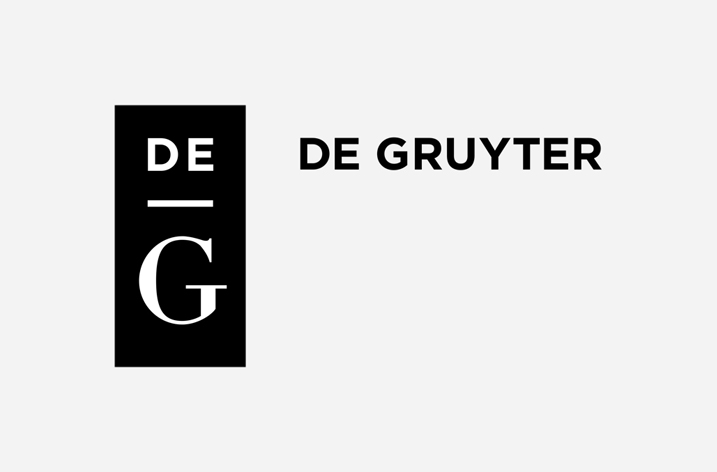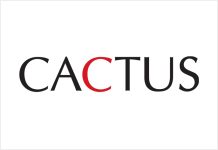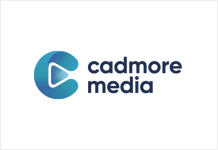
Information products and services provider Elsevier has launched CiteScoreTM metrics in Scopus, the world’s largest abstract and citation database of peer-reviewed literature, providing the scholarly community free access to comprehensive metrics for journals from over 5,000 publishers. The new set of metrics will improve decisions on where to publish, which journals to subscribe to and when to adjust a journal’s editorial strategy.
CiteScore metrics comprise a variety of indicators, making them part of a basket of metrics that provides a more balanced view of journal quality than one indictor alone would. The basket of metrics includes the annual CiteScore metrics, a monthly CiteScore Tracker, CiteScore Rank, CiteScore Quartile and CiteScore Percentile. In addition, it includes the indicators SNIP (Source Normalized Impact per Paper) and SJR (SCImago Journal Rank). The integration of these metrics into Scopus provides insight into the citation performance of over 22,200 journals, twice as many as those that have an Impact Factor – currently the de facto metric used to assess journal quality.
“CiteScore metrics have been developed in response to the overwhelming demand we have received from authors and editors to introduce simple, reproducible journal metrics that cover all journals in Scopus,” said Philippe Terheggen, Managing Director, Journals at Elsevier. “We believe that authors will find CiteScore metrics valuable in deciding where to publish, librarians in managing their collections, and editors in developing their journals. Because such decisions should be based on a number of indicators we offer a set of metrics that provide a holistic overview of a journal’s performance.”
Several publishers have been invited to get involved and review the metrics for their journals. Simon Linacre, Head of Business, Management & Economics Journals at Emerald Publishing, commented: “The new CiteScore and related metrics provide much greater depth and breadth to the range of data now available to researchers. Social and applied science authors in particular should benefit from this by gaining a richer understanding of the academic impact of their work.”
CiteScore metrics provide transparency as to how they are calculated through easy access to the underlying articles in Scopus with a single click. A number of the CiteScore metrics are updated on a monthly basis, allowing timely performance tracking of a journal. In addition, CiteScore metrics are accessible for free and available for all regularly publishing literature in Scopus, including conference proceedings.
Access CiteScore metrics
Read more about CiteScore metrics
Follow the conversation on Twitter: #CiteScore



























